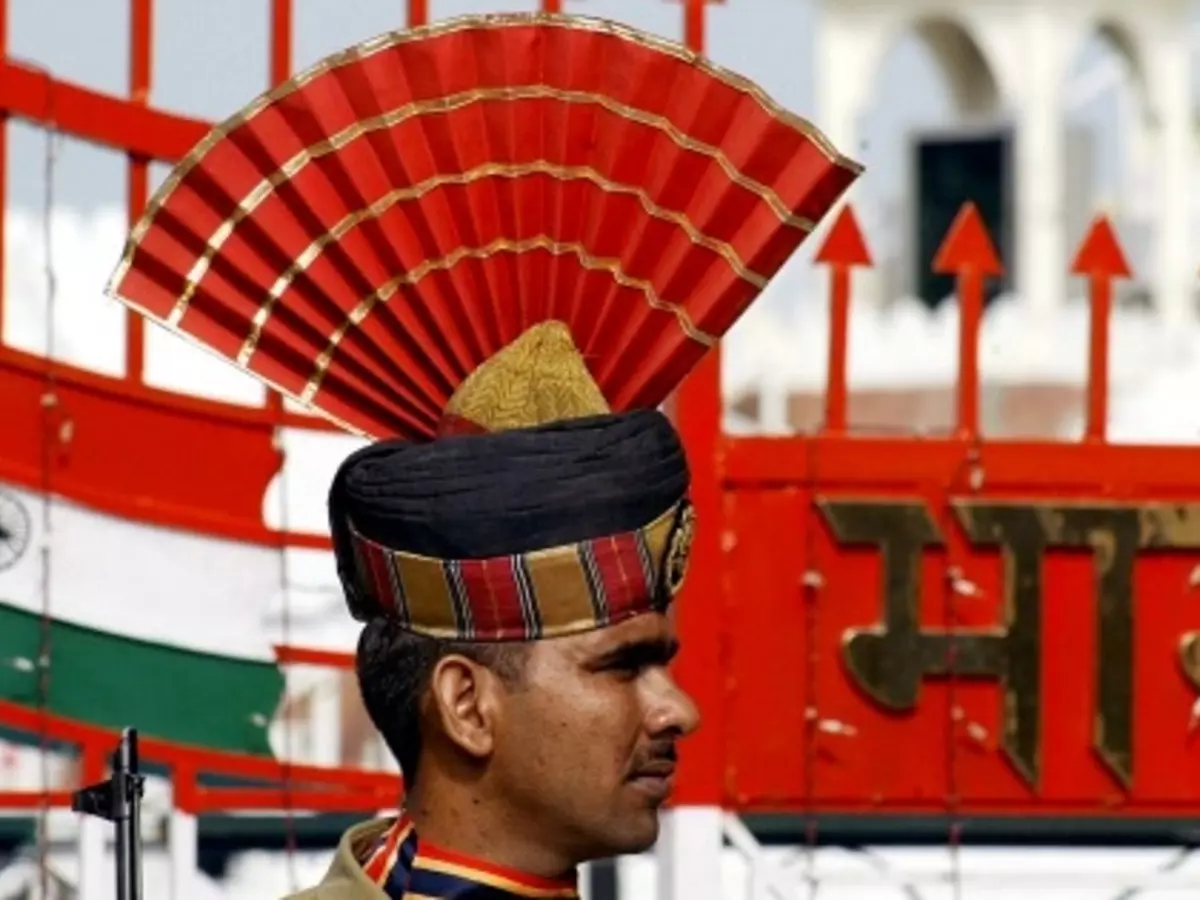As Wagah Border Undergoes A Facelift, Here's 14 Pictures That'll Make Your Chest Swell With Pride
By 2016 over 13,000 people will be able to witness the daily rituals of the beating retreat ceremony at the India and Pakistan joint check post along the Wagah-Attari border. The Central Public Works Department CPWD is all set to increase the seating capacity on the viewers gallery from the present 5000 to 13525. The central agency has sanctioned Rs 24 crore for the first phase.

By 2016, over 13,000 people will be able to witness the daily rituals of the beating retreat ceremony at the India and Pakistan joint check post along the Wagah-Attari border. The Central Public Works Department (CPWD) is all set to increase the seating capacity on the viewers' gallery from the present 5,000 to 13,525. The central agency has sanctioned Rs 24 crore for the first phase.

Reuters

BCCL
The proposed facelift for the joint check post will be a huge challenge for the CPWD as the demolition of existing gallery and the construction of a new one, all of it has to be done without hindering the ceremony held everyday at sunset.
The joint check post at Attari is frequented by thousands of tourists every day, therefore the work will be taken up in blocks so as to keep enough space available for those visiting to attend the retreat ceremony.

BCCL
As per plans, new gallery, museum, exhibition space-cum-souvenir shop, 20-bedded lounge for medical check-up, 31-seater conference hall, dining hall with kitchen, 11 rooms and a barrack for guards will be constructed. Space will also be provided for parking atleast 85 vehicles near the visitor¡¯s gallery. In the second phase, cafeteria, musical fountain, statue area, covered waiting area for visitors, toilet blocks, visitors' parking and landscaping besides four lifts in the gallery will be built.
The construction work of the proposed gallery has already begun.
The Beating Retreat Ceremony
The beating retreat ceremony, also known as 'lowering of the flags' ceremony is a daily custom that the security forces of both India and Pakistan have mutually followed since 1959. It marks the closing of the border near Amritsar every evening.
The ceremony starts with a marching parade by the soldiers from both the sides.

Reuters
The gates on both sides are guarded by one infantryman each. As soon as the gates at the Border are flung open, the two soldiers approach each other, exchange fierce looks, give out mimicked threats, and express anger.

Reuters

Reuters

Reuters
The Indian and Pakistani flags fixed on high poles at the gates begin to lower when the soldiers shake hands. At this point, the only sound in the arena is that of the pounding of boots of the soldiers as they match steps and try to outdo each other as a part of this ceremonial magnificence. The flags are neatly folded and carried back into the respective camps.

Reuters

Reuters

Reuters
There is a final brisk handshake between the soldiers from either side, after which no glance is exchanged.

Reuters
This is followed by the slammed closing of both the gates and blowing of trumpet to mark the end of the grand ceremony.

Reuters
The high decibel flag-lowering ceremony at Wagah Border is a treat to the eye and something that attracts many visitors from both sides of the border, as well as foreigners.

BCCL

Reuters
The ceremony held here is an evening theater for the visitors, where the guards at the border on the both sides dress-up and salute the flag of one's nation. It is taken as a matter of pride and prestige for the armed forces of both countries. People witnessing the ceremony cheer for the soldiers of the respective nations and echoes of "Jai Hind" and "Pakistan Zindabad" fill the air.
